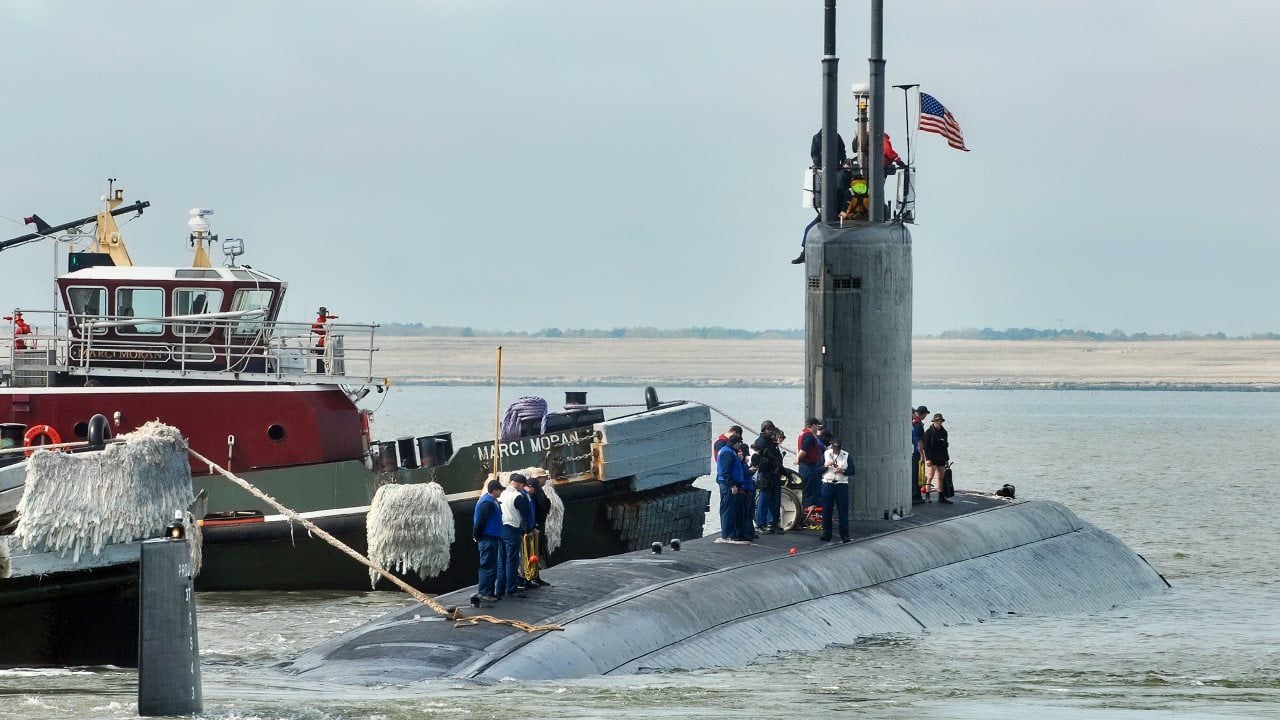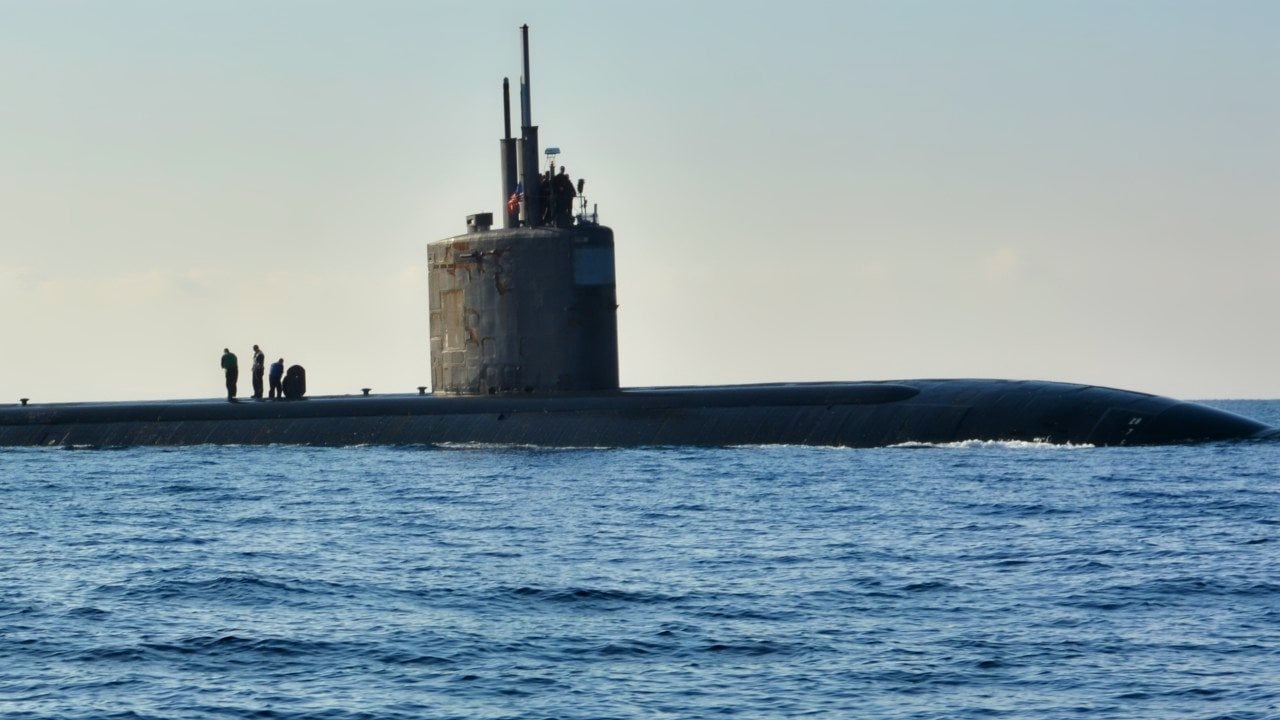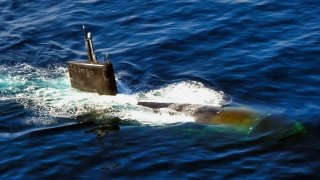'Set the Sub on Fire': An Angry Employee Nearly Destroyed a U.S. Navy Submarine
In 2012, the USS Miami, a Los Angeles-class nuclear-powered attack submarine, was severely damaged by a fire at the Portsmouth Naval Shipyard in Maine. Shipyard worker Casey James Fury set the blaze by igniting a bag of rags, hoping to leave work early due to an anxiety attack and lack of sick leave.
What You Need to Know: In 2012, the USS Miami, a Los Angeles-class nuclear-powered attack submarine, was severely damaged by a fire at the Portsmouth Naval Shipyard in Maine. Shipyard worker Casey James Fury set the blaze by igniting a bag of rags, hoping to leave work early due to an anxiety attack and lack of sick leave.

-The fire burned for 12 hours, causing over $700 million in damages and requiring more than 100 firefighters to extinguish.
-A second fire set by Fury occurred three weeks later. Initially planning repairs, the U.S. Navy ultimately decommissioned and scrapped the Miami in 2014 due to budget constraints, ending the vessel's distinguished service prematurely.
USS Miami Fire, Explained
It is not unheard of for an employee to feign illness occasionally to end the workday early. In 2012, a shipyard worker working on the USS Miami submarine tried a somewhat similar tactic. Casey James Fury used a lighter to set a plastic bag of rags ablaze in a state room onboard the ship, allegedly to force the closure of the workday since he was suffering from an anxiety attack. Fury later told authorities that he was out of sick leave and vacation days and needed to get home to recover.
The shipyard worker also revealed that he did not expect the small fire to inflict that much damage, but to cause just enough of a diversion that work on the submarine would be cut off that day. Ultimately, however, the fire caused roughly $700 million in damages and took Twelve hours for more than 100 firefighters to save the USS Miami. To make matters worse, this blaze would not be the only one caused by Fury.
Three weeks later, the shipyard worker set a second fire outside the damaged submarine, again telling authorities later his actions were caused by his desire to go home early.
Following the USS Miami fire, the Navy announced that it would be repairing the submarine for a hefty price. However, the service later reversed this decision and opted to scrap the ship due to budget cuts. USS Miami was placed on the inactive list and decommissioned in 2014. “Miami is currently undergoing an inactivation process the Navy announced last fall. Her crew of 111 officers and enlisted personnel will all be reassigned to other units by December,” according to a statement from the service.
An Overview of USS Miami
The USS Miami was one of the Navy’s Los Angeles-class nuclear fast attack submarines, designed to feature cutting-edge speed and stealth capabilities in order to keep up with carrier battle groups. The Navy built these nuclear-powered attack submarines (SSNs) in response to the former USSR’s advancing technology during the Cold War.

While the Los Angeles-class ships were largely based on their Sturgeon-class predecessors, they were faster, stronger and generally more capable submarines.
Perhaps the greatest attribute featured on the Los Angeles submarines is armament-power. These fast-attack SSNs are designed to launch Tomahawk cruise missiles and Harpoon missiles. As outlined by Naval Technology, “The torpedo is capable of operating with or without wire guidance and uses either or both active and passive homing. It is equipped with multiple re-attack modes which operate if the target ship is missed. The torpedo carries out programmed target search, acquisition, and attack procedures.”
While the 2012 fire forced the formidable Los Angeles submarine to retire from service early, USS Miami’s honorable service legacy should not be forgotten. In fact, Miami became the first SSN to participate in combat operations in two different theatres since World War II. Specifically, Miami actively took part in both the NATO bombing of Yugoslavia and the bombing of Iraq in the 1990’s.
About the Author: Maya Carlin
Maya Carlin, National Security Writer with The National Interest, is an analyst with the Center for Security Policy and a former Anna Sobol Levy Fellow at IDC Herzliya in Israel. She has by-lines in many publications, including The National Interest, Jerusalem Post, and Times of Israel. You can follow her on Twitter: @MayaCarlin.
Image Credit: Creative Commons and/or Shutterstock.


